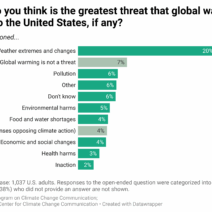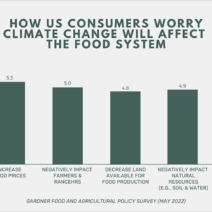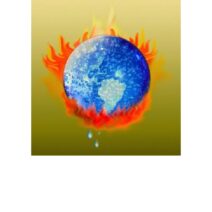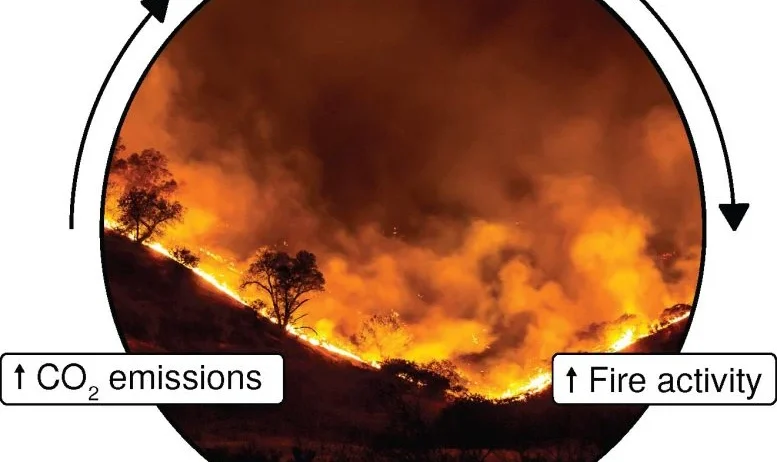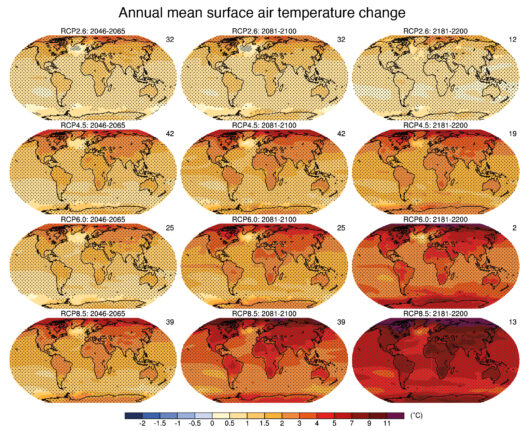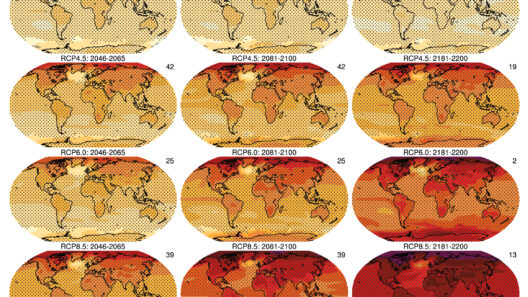Wildfires are akin to a double-edged sword, wielding devastation while simultaneously exacerbating the very calamities they seem to arise from. As ecologists scrutinize the complexities of climate systems, it becomes increasingly clear that wildfires not only result in the immediate destruction of flora and fauna but also ignite a perilous feedback loop that further accelerates climate change. Understanding this dynamic is vital to comprehending our planet’s perilous trajectory.
At the heart of this phenomenon lies the interplay between wildfires and atmospheric conditions. With rising global temperatures, the frequency and intensity of wildfires have surged, creating a perpetual cycle of destruction. When flames engulf vast expanses of land, they release copious amounts of carbon dioxide (CO2), a greenhouse gas that plays a pivotal role in climate change. This release contributes to the thickening blanket of CO2 in the Earth’s atmosphere, a process comparable to adding fuel to an already raging fire.
In a seemingly ironic twist, these devastating events are not just a consequence of climate change, but rather an agent perpetuating its dreadful march. As the Earth warms, the very conditions that foster wildfires—drier climates, prolonged droughts, and heatwaves—become more common and intense. This paradoxical interaction transforms wildfires into a catalyst for climate change, forging an insidious feedback loop that relentlessly engulfs ecosystems and communities alike.
The aftermath of a wildfire is not a mere charred landscape; it paves the way for soil erosion and biodiversity loss. The destruction of plant life exposes soil to the ravages of rain and wind, disrupting the delicate balance of the ecosystem. The once-thriving habitat for wildlife dissipates, leading to a significant decrease in populations of various species. As ecosystems falter, the natural processes that support carbon sequestration weaken. Without forests and vegetation to absorb CO2 from the atmosphere, the greenhouse gas levels continue to escalate, fueling the very fires that precipitated this cycle.
Furthermore, the notion of feedback loops extends beyond the immediate aftermath of wildfires. These catastrophic events often prompt changes in land use—whether through urban expansion or agricultural development—as communities seek to rebuild and repurpose scorched earth. Such transformations can diminish the land’s natural resilience against future wildfires, ultimately resulting in even more catastrophic blazes when the conditions are ripe. This vicious cycle exemplifies how human intervention, often well-intentioned, can exacerbate vulnerability to climate-related disasters.
Another dimension to this dilemma lies in the release of additional greenhouse gases beyond CO2. Wildfires emit a cocktail of pollutants, including methane and nitrous oxide, both of which are significantly more potent than CO2 in trapping heat. As these gases accumulate in the atmosphere, they catalyze an acceleration of global warming, interweaving the threads of climate change and wildfires into a tapestry of environmental upheaval.
This feedback loop is not isolated; it has far-reaching implications for global weather patterns. The more frequent wildfires become, the more they influence atmospheric conditions, altering precipitation patterns and contributing to the cycle of drought and flooding. Changes in hydrological cycles can lead to water scarcity in some regions while inundating others, sparking tensions over resources and often leading communities into conflict. In this way, wildfires serve as a distillation of the broader climate crisis, acting as both a consequence and a contributor, deeply embedded within the human experience.
Addressing the crisis necessitates a multifaceted approach, focusing not only on immediate fire management strategies but also on long-term climate action. Efforts to restore ecosystems and reforest burned areas can help to mitigate the impacts of wildfires and enhance the land’s capacity to sequester carbon. Furthermore, investing in renewable energy sources can significantly reduce reliance on fossil fuels, indirectly curtailing the heat that fosters such infernos.
Public awareness and education also play crucial roles in combating this crisis. By fostering a deeper understanding of the intricate relationship between wildfires and climate change, communities can promote more sustainable practices while pressing for policies that prioritize environmental stewardship. Developing a culture of resilience, focused on both prevention and preparedness, is essential to staving off future wildfires.
Ultimately, the perilous feedback loop between wildfires and climate change remains one of the quintessential challenges of our era. Without concerted action, we risk an increasingly volatile future, where the flames of wildfires not only reflect our negligence but amplify our plight in an ever-warming world. The reality is stark: to break the cycle, we must not only fight the fires but also the systemic climate conditions that give rise to them. Only through collaborative action can we extinguish this feedback loop and forge a sustainable path forward.
